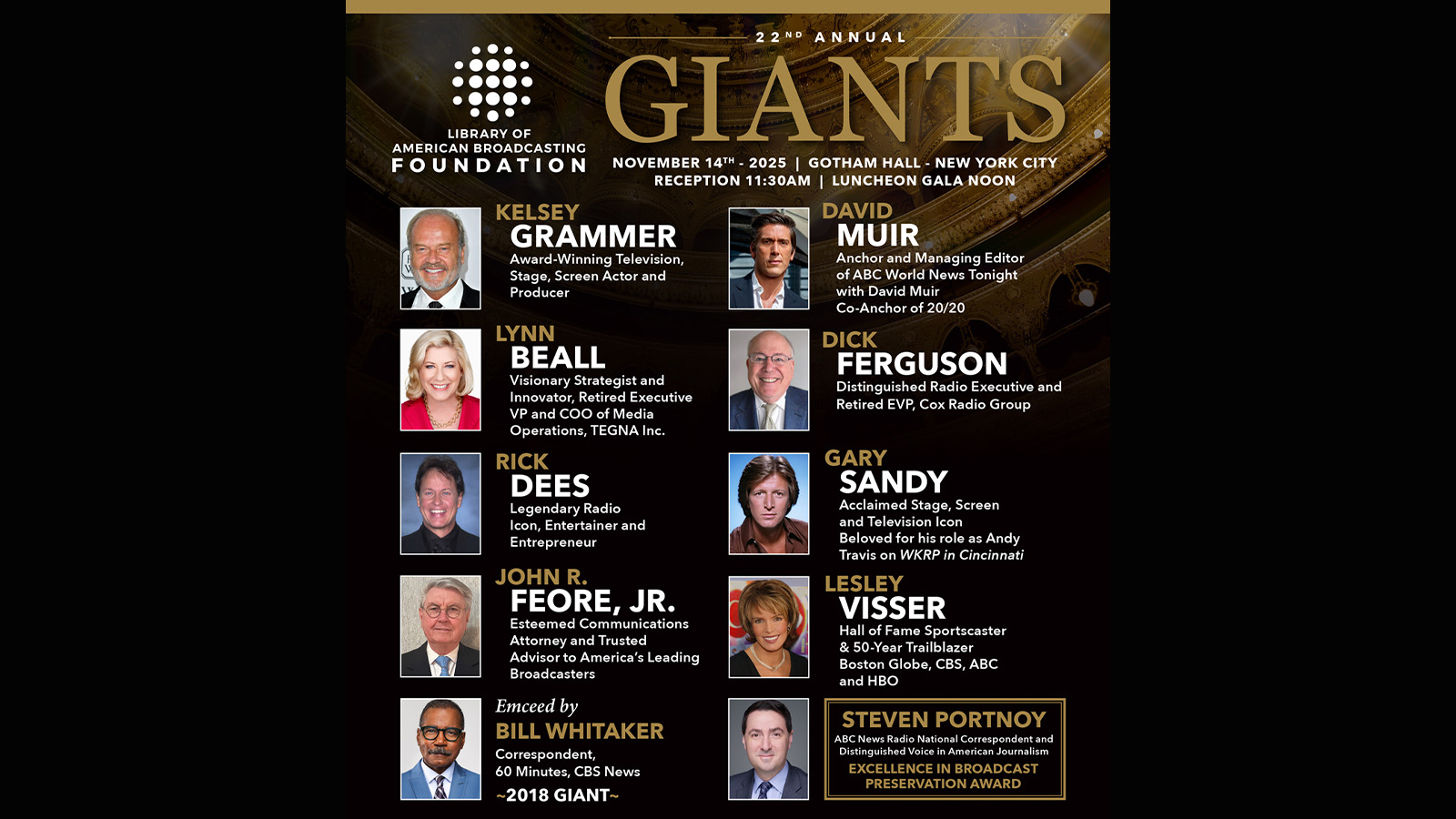Multiplatform World: TV Everywhere Complexities Remain Daunting
NEW YORK— Pay TV operators continue to expand their TV Everywhere offerings, but the underlying systems are becoming increasingly complex as content is targeted to more devices and required to handle a growing variety of video and metadata formats.
It’s a daunting task, but one that needs to be handled, if pay TV operators are to keep pace with the changes that their viewers are demanding.
Early on, TV Everywhere systems were essentially bolted onto the legacy platforms. That was okay for the early phases of deployment, but operators must now strive to build back office systems and workflows that can handle the load and merge with the existing systems, panelists said here Thursday at the Multichannel News/B&C “TV in a Multiplatform World” conference.
“Television has always been about logistics solved by technology,” said Brick Eksten, president and CEO of Digital Rapids, noting that there’s a real concern about how to address a “generational gap around younger audiences and how they consume content. For them, the experience is more about how and when and where they can view it.”
Operators such as Time Warner Cable are among those addressing this shift, having deployed TV Everywhere apps that deliver live and on-demand content to iOS and Android devices, as well as Roku boxes. “We understand the complexities of what’s happening with our customers,” said TWC group vice president of video Alix Cottrell.
“The logistics are getting more complex as you get to more formats,” said ClearLeap vice president of product management Dave Mowry, noting that programmers are behind the curve particularly from a workflow perspective as they look to link up their traditional TV and VOD systems to the new TV Everywhere world. “The first implementations were experiments…we’ll have to rethink the infrastructure,” he added.
Vubiquity chief marketing officer Laurie Lawrence said myriad video codecs, bit transfer rates and metadata formats are making the underlying systems more technically tangled. “But at the end of the day, consumers want a high quality video experience” no matter what screen they’re viewing it on,” she said.
She said the metadata issue isn’t relegated to information that’s put in front of consumers about the shows they are watching. Metadata associated with business rules that pertain to licensing rights for TV Everywhere content varies by provider. “Everybody has a different opinion,” Lawrence said, noting that gathering those business rules and applying them “is important and complex.”
“I don’t think it’s a technology problem,” Eksten said of the metadata management issue. “It’s a logistics problem. Some are better positioned to handle it than others.”
TWC, like other pay TV operators, is starting to shift interfaces into the cloud not just for mobile devices but for set-tops as well. The challenge of managing all of that metadata will ease as that information is decoupled from the device, Cottrell said.
Panelists also warned that the migration to more IP-delivered video, particularly the streaming of live events, will cost more bandwidth and apply more stress on legacy systems.
Even if live streams are multicast to groups of customers, the pausing of that TV stream by individual users will generate gobs of unicast streams. “There has to be sufficient bandwidth to deliver those services,” Azuki Systems vice president of engineering Rob Hickey said, noting that many operational wrinkles could be ironed out if operators utilize a common video format in the cloud and lean on client devices to handle the conversions and other heavy lifting.
But the solution to the overarching issue on the horizon could go much deeper than that, said Tom Lattie, vice president of product management at Harmonic. “There’s no magic bullet” on how to scale unicast streams to tens of millions of users that are watching broadcast TV today, he said.
But operators are thinking it through and trying to streamline, combine and simplify how they deliver all of their video services to all conceivable screens. As an example, Lattie said Harmonic has responded to a request for proposal from a large MSO that has a “headend refresh” underway that envisions the deliver of legacy MPEG-2 video alongside multiscreen IP, adaptive video streams via a unified headend platform.
TV Everywhere is “a path they [operators] can’t turn back on. You need to fold it into your everyday operations,” Lattie said.
Get the TV Tech Newsletter
The professional video industry's #1 source for news, trends and product and tech information. Sign up below.
